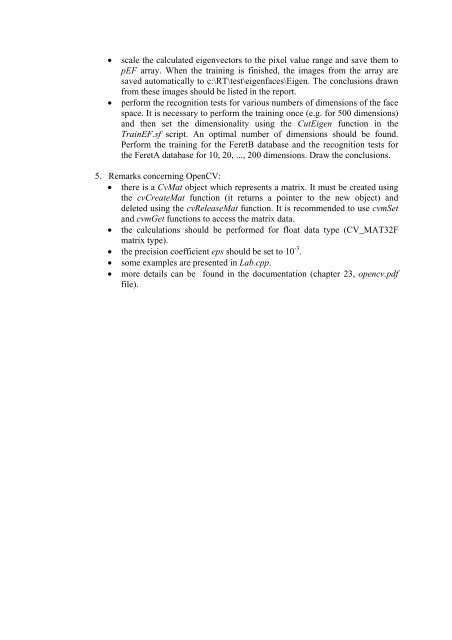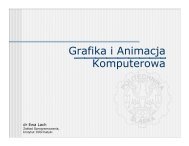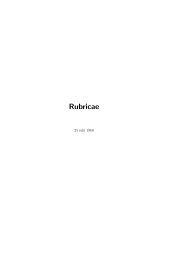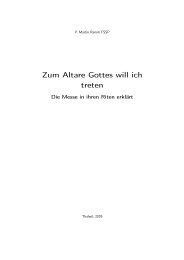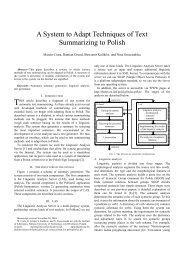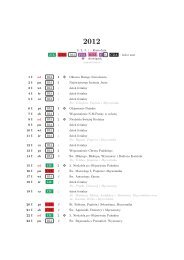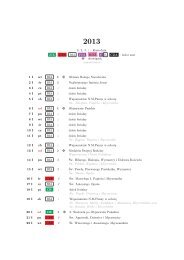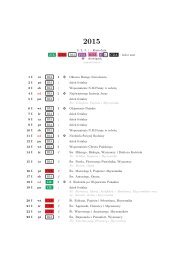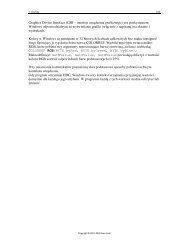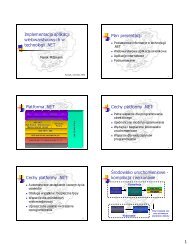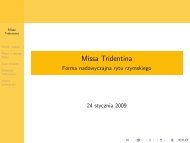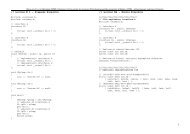Exercise 4. The Eigenfaces method training 1. Aim: acquire skills ...
Exercise 4. The Eigenfaces method training 1. Aim: acquire skills ...
Exercise 4. The Eigenfaces method training 1. Aim: acquire skills ...
You also want an ePaper? Increase the reach of your titles
YUMPU automatically turns print PDFs into web optimized ePapers that Google loves.
• scale the calculated eigenvectors to the pixel value range and save them to<br />
pEF array. When the <strong>training</strong> is finished, the images from the array are<br />
saved automatically to c:\RT\test\eigenfaces\Eigen. <strong>The</strong> conclusions drawn<br />
from these images should be listed in the report.<br />
• perform the recognition tests for various numbers of dimensions of the face<br />
space. It is necessary to perform the <strong>training</strong> once (e.g. for 500 dimensions)<br />
and then set the dimensionality using the CutEigen function in the<br />
TrainEF.sf script. An optimal number of dimensions should be found.<br />
Perform the <strong>training</strong> for the FeretB database and the recognition tests for<br />
the FeretA database for 10, 20, ..., 200 dimensions. Draw the conclusions.<br />
5. Remarks concerning OpenCV:<br />
• there is a CvMat object which represents a matrix. It must be created using<br />
the cvCreateMat function (it returns a pointer to the new object) and<br />
deleted using the cvReleaseMat function. It is recommended to use cvmSet<br />
and cvmGet functions to access the matrix data.<br />
• the calculations should be performed for float data type (CV_MAT32F<br />
matrix type).<br />
• the precision coefficient eps should be set to 10 -3 .<br />
• some examples are presented in Lab.cpp.<br />
• more details can be found in the documentation (chapter 23, opencv.pdf<br />
file).


